I threw a picnic in our garden the other day. We were busy with all…
English Front Doors
I have said many times that England is so different. Well, even front doors are very different for somebody coming from the continent. I am sure those of you who have already visited Britain, realised it. But what types of front doors are there? In this blog post I am going to show the different styles of English front doors.
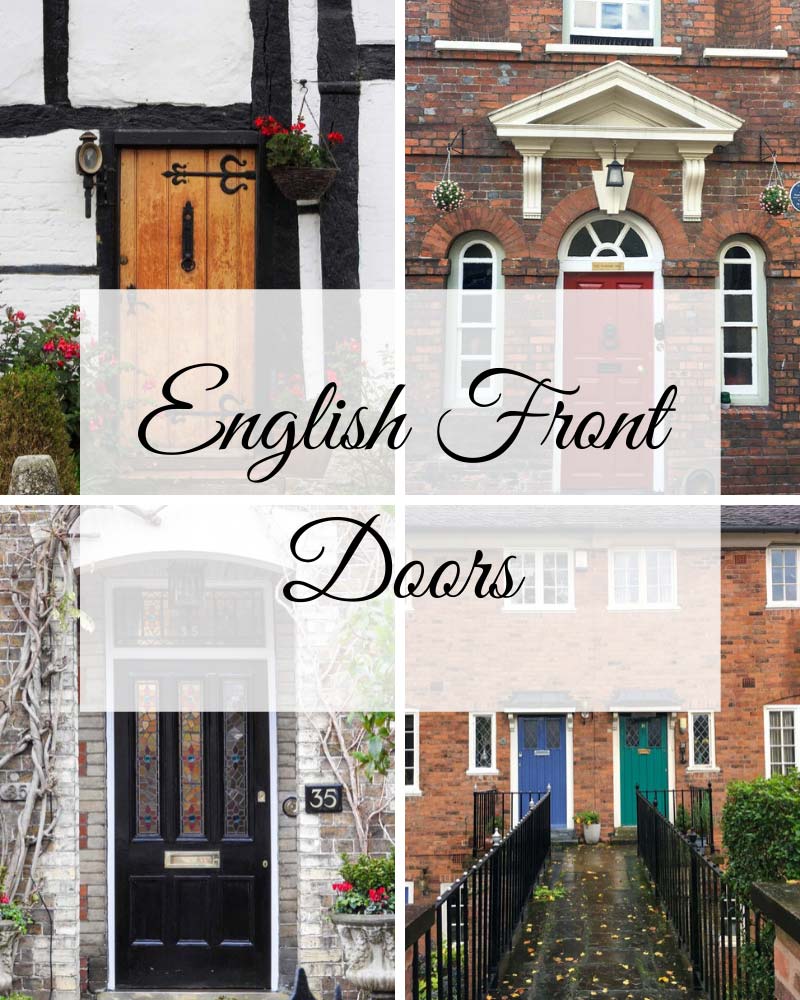
I have already written about the different English architectural styles such as:
No wonder that doors too have their own matching styles. As soon as you know the styles of front doors, you will start to pick up on houses which don’t have the appropriate styled door. Let’s imagine there is a 1980s, relatively modern house with a Georgian style PVC front door. You will see loads of it in England and I must say, although periodically it is not right, this too makes England so typically English.
Of course it is preferred to use the correct period front door especially if you are lucky enough to own a period property. So if you live in a 16th century cottage, then preferably go for a Tudor or Cottage door rather than a white Georgian style PVC front door.
It is clear that front doors too can reveal the period of the house. At the same time, we have to be careful with that because doors could be easily replaced during the centuries. Door surroundings, however, are often original features showing clearly the period of the house.
I hope it is clear what I mean but let’s have a look at the doors at last!
Tudor, Elizabethan, Jacobean
The door head was often carved with an arch, pointed in the late medieval times and flatter with barely a curve in the 16th and 17th century. Doors in medieval times were made from vertical planks held in place by battens across the inside. Early examples only had two or three planks, from the 17th century onwards doors became more detailed and they contained four or five planks.
Porches in front of the doorways were bulit not only to reduce draughts but to show off and impress. In Tudor and Stuart times central doors were decorated with columns.
Baroque
By the late 17th century panelled doors became fashionable, although only bigger houses could afford them. By the 18th century they were standard in all houses except the poorest. A distinctive feature of the baroque door is the semi-circular hood with shell-like undersides and large ornate brackets. Fanlights became fashionable, although in this period these were rectangular and the glass was often panelled.
Georgian and Regency
Georgian doors are typically six panelled while Regency doors are four, six or even eight panelled. Georgian front doors were not heavily decorated, on the contrary they were simple, plain and geometrical. However, you often find a pedimented porch. A distinctive feature of the Georgian front door is the semi-circular fanlight which could have a batwing, an umbrella or a teardrop pattern.
Regency front doors and doorways are easy to spot: if the door has a wrought iron pagoda-like hood and ironwork around it, it is most certainly Regency. Open flat-roofed porch supported on columns and pilasters are also distinctive features of the Regency. Wrought iron railings, arches with circular brackets and lanterns in the middle, snuffers and boots scrapers are also typical features of the Regency doorway.
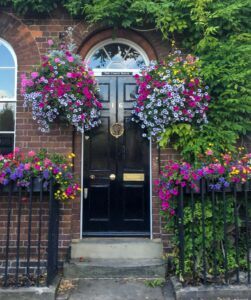
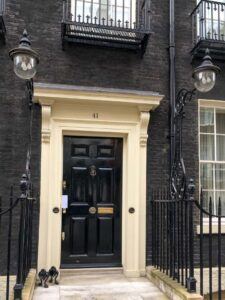
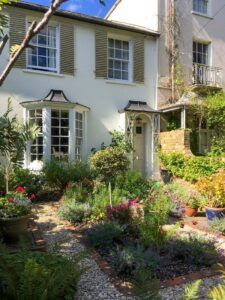
Victorian
In the Victorian era the four panelled door became dominant. We have to bear in mind that because of the different architectural styles of this period (Gothick, Arts and Crafts etc), not every house required a standard four panelled Victorian door. To keep the front door in line with the architectural style the Victorians used the appropriate stlyed front door.
Steep-pitches tiled roofs were added to porches by the Victorians distinctive for houses bulit in Gothick or Picturesque.
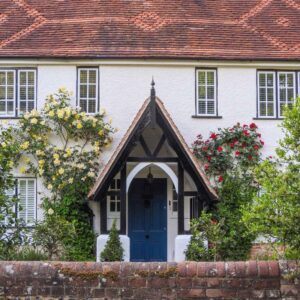
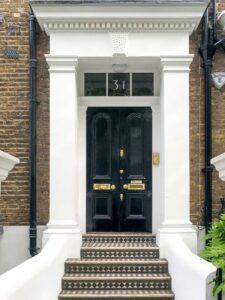
Edwardian
I think Edwardian front doors are the most beautiful ones. That’s because of the coloured leaded glass patterns these doors were decorated with. White-painted timber hoods and porches were common on Edwardian houses.
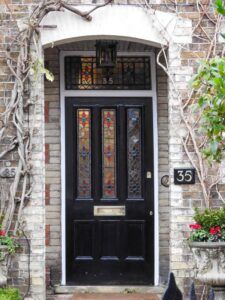
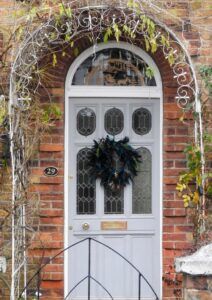
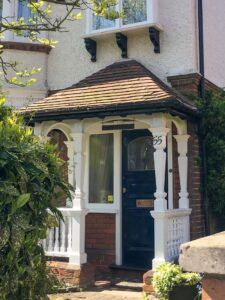
Inter-war and art deco
Inter-war front doors are easy to spot as the panelled glass was on the top third of the front door. The doors were often sunken behind semi-circular arched porches.

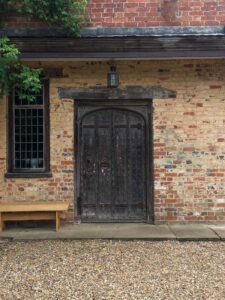
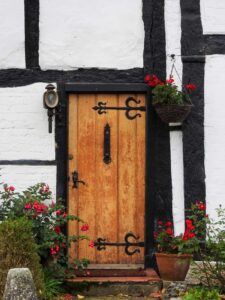
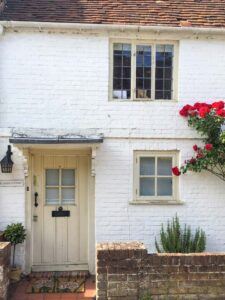
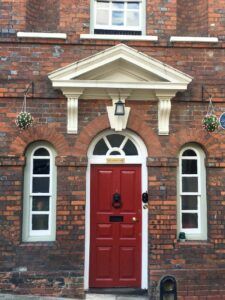
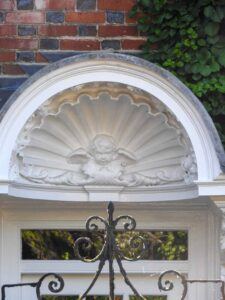
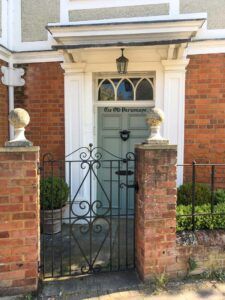
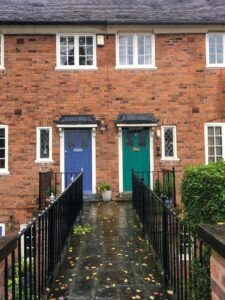
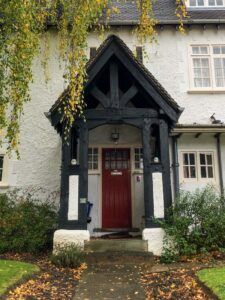



Comments (0)